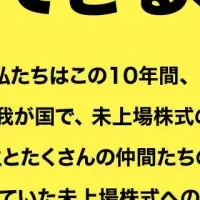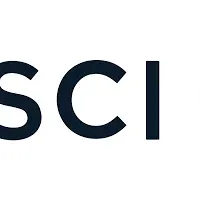
Wilmington Trust's 2025 Capital Markets Forecast Reveals Economic Trends
Wilmington Trust's 2025 Capital Markets Forecast: A Deep Dive into the 'Chutes and Ladders' Economy
Wilmington Trust has recently released its 2025 Capital Markets Forecast (CMF), illuminating the intricacies of an economy likened to the classic board game 'Chutes and Ladders'. This metaphorical framework highlights the expected upward momentum of the U.S. economy while acknowledging the inherent risks of potential setbacks. In this article, we examine the key predictions made by Wilmington Trust, particularly emphasizing the delicate balancing act investors must perform in 2025.
The Economic Landscape of 2025
The CMF outlines various factors shaping the U.S. economy in the upcoming year. It suggests that there are transformative opportunities ahead, entwined with challenges that could hamper growth. Among the optimistic prospects highlighted are:
1. Enhanced Capital Expenditures - Potentially favorable tax policies under a new administration could incite businesses to ramp up their capital expenditures. This, in turn, could stimulate productivity levels and drive economic growth.
2. Surging Productivity from AI - As businesses increasingly integrate advanced technologies, including artificial intelligence, the productivity boost may significantly enhance the economic landscape. Such growth could be unprecedented, reminiscent of the levels seen over the past twenty-five years.
3. Increased Fiscal Spending - The incoming administration may exhibit a willingness to invigorate sectors like defense spending, even amidst previous calls for restraint. However, the scale of this financial endeavor will depend on how Congress and the financial markets respond to bigger deficits.
Understanding the Risks
While the outlook touts significant potential for economic advancement, it also draws attention to critical risks, termed 'chutes,' that could thwart progress:
1. Tariff Implications - The looming threat of substantial tariffs on imports, particularly from China, introduces considerable risks. Such measures could inadvertently trigger recessionary conditions through increased consumer prices and disruptions to business supply chains.
2. Labor Market Challenges Due to Immigration Policies - A drastic cut in immigration, as suggested by prior governmental rhetoric, risks creating labor shortages. This could lead to a decline in consumer spending and GDP by late 2025 or early 2026.
3. Tax and Spending Challenges - Any forthcoming tax cuts and reduced federal spending could escalate interest rates while also impacting overall economic growth negatively.
Strategies for Investors
Navigating the 'Chutes and Ladders' landscape necessitates vigilance and strategic positioning from investors. Here’s how to play the investment game wisely:
- - Build Resilient Portfolios: Investors should construct portfolios designed to withstand both favorable and adverse market movements. This calls for a careful approach to managing risks while retaining a positive outlook on market growth.
- - Expect Market Volatility: With valuations nearing historic highs, a prudent approach would suggest anticipating potential fluctuations in stock prices. Good market timing is less about luck and more about informed, strategic decisions.
- - Balanced Investment Strategy: Strategies that emphasize both upside potential and downside protections may be critical for enduring economic uncertainties. Investors are encouraged to maintain a modest overweight to equities to maximize returns during a recovery phase.
Conclusion
As Wilmington Trust grapples with unpredictability fueled by major policy changes, it underscores the importance of a strategic, disciplined approach to investing in 2025. Managing risk while capitalizing on the seemingly abundant opportunities can pave the way for potential investment successes amidst uncertainty. Investors should stay informed and proactive, ensuring they craft a robust strategy capable of thriving despite the volatile 'Chutes and Ladders' economy ahead.
Topics Financial Services & Investing)










【About Using Articles】
You can freely use the title and article content by linking to the page where the article is posted.
※ Images cannot be used.
【About Links】
Links are free to use.